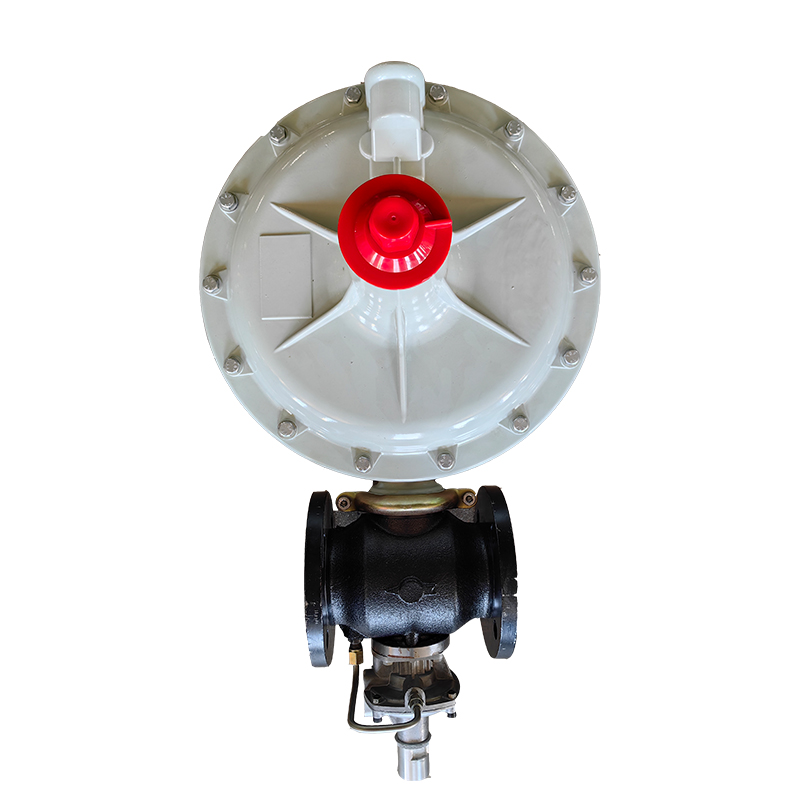
Dec . 03, 2024 16:34
Back to list
relief valve
Understanding Relief Valves Vital Components for Safety and Efficiency
Relief valves play a critical role in various industries, ensuring safety, efficiency, and reliability in process systems. These devices are designed to protect equipment from overpressure scenarios, which can occur in systems containing gases or liquids. By automatically releasing excess pressure, relief valves safeguard against potential equipment failure, explosions, or other catastrophic events, making them indispensable in modern industrial operations.
What is a Relief Valve?
A relief valve is a safety device that automatically releases a substance from a pressure vessel, piping system, or any pressurized container when the pressure exceeds a predetermined limit. The valve can either vent the excess pressure to the atmosphere or route it back to the system in a controlled manner. The design and functioning of relief valves can vary significantly depending on the application, but their fundamental purpose remains the same.
There are two primary types of relief valves safety valves and relief valves. Safety valves typically open completely when they reach their set pressure and remain open until the pressure drops to a safe level. In contrast, relief valves may modulate their opening to maintain a steady pressure. The choice between these valves depends on the fluid being managed and the specific system requirements.
Importance of Relief Valves
1. Safety The foremost reason for employing relief valves is safety. In industries such as oil and gas, chemicals, and pharmaceuticals, equipment failure due to overpressure can lead to severe hazards, including fires, explosions, and toxic releases. Relief valves provide a fail-safe mechanism to prevent such incidents.
2. Regulatory Compliance Many industries are subject to stringent regulations governing safety practices, including the use of pressure relief devices. Compliance with these regulations is not only crucial for safety but also for legal operation within many sectors.
relief valve

3. Equipment Protection Continuous exposure to high pressure can lead to wear and tear on equipment, reducing its lifespan and leading to costly repairs or replacements. Relief valves help maintain optimal pressure levels, extending the life of machinery and reducing maintenance costs.
4. Operational Efficiency Maintaining proper pressure levels within a system enhances overall operational efficiency. By managing pressure fluctuations, relief valves help ensure that processes run smoothly without interruptions caused by pressure-related issues.
5. Environmental Protection Uncontrolled releases of gases or liquids can have detrimental effects on the environment. Relief valves ensure that any pressure release is controlled, minimizing the risk of environmental contamination.
How Relief Valves Work
Relief valves operate based on a simple principle pressure differential. When the pressure in a system exceeds the valve’s set point, the force exerted by the fluid (or gas) overcomes the spring force that keeps the valve closed. This action causes the valve to open, allowing the excess fluid to escape, thereby reducing the pressure within the system. Once the pressure drops back to a safe level, the valve closes automatically.
Each relief valve is calibrated to open at a specific pressure and close at a predetermined lower pressure, referred to as the blowdown pressure. Proper selection and adjustment of these pressure settings are critical for the effective performance of a relief valve.
Conclusion
In summary, relief valves are essential components in various industries, playing a pivotal role in safeguarding equipment, ensuring safety, and optimizing operational efficiency. Their ability to handle excess pressure automatically makes them invaluable in preventing hazardous situations. As technology advances, the design, materials, and implementation of relief valves continue to evolve, enhancing their effectiveness and reliability. Understanding the importance and functionality of these devices not only promotes safer industrial practices but also contributes to more sustainable operations, ensuring a better future for all.
Latest news
-
Safety Valve Spring-Loaded Design Overpressure ProtectionNewsJul.25,2025
-
Precision Voltage Regulator AC5 Accuracy Grade PerformanceNewsJul.25,2025
-
Natural Gas Pressure Regulating Skid Industrial Pipeline ApplicationsNewsJul.25,2025
-
Natural Gas Filter Stainless Steel Mesh Element DesignNewsJul.25,2025
-
Gas Pressure Regulator Valve Direct-Acting Spring-Loaded DesignNewsJul.25,2025
-
Decompression Equipment Multi-Stage Heat Exchange System DesignNewsJul.25,2025

